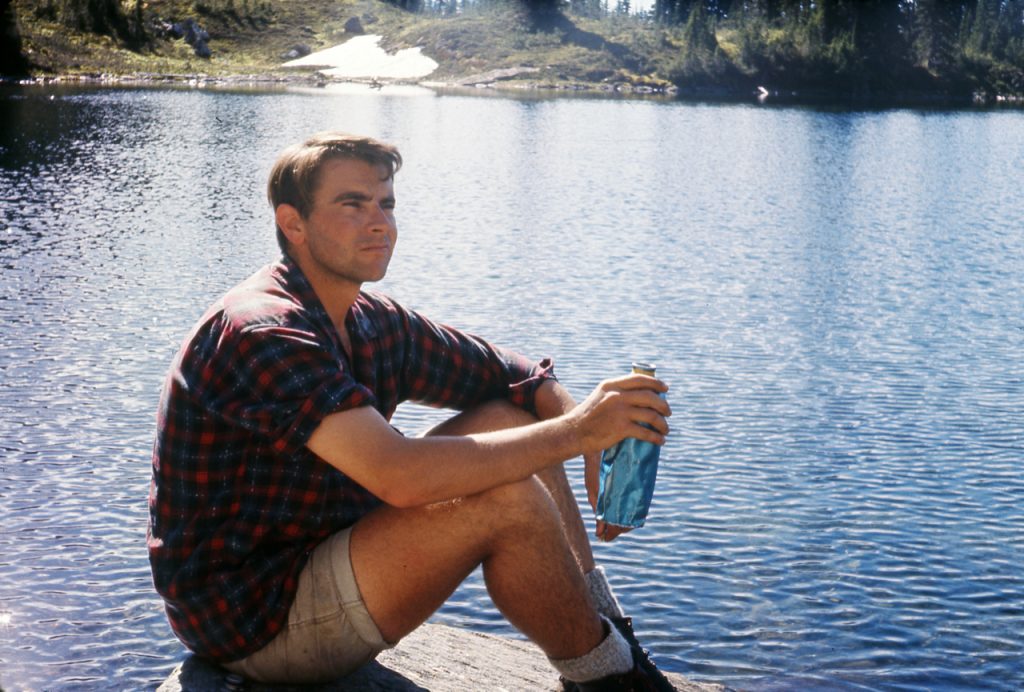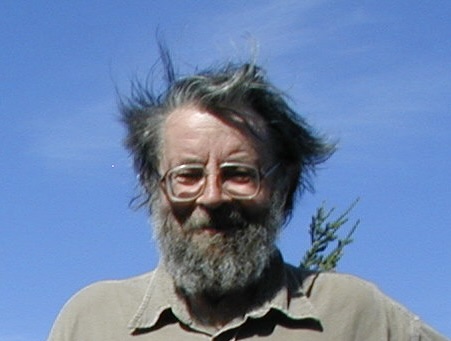Gary A. Maykut died peacefully at his home on 10 March 2023. Gary held the position of Research Professor in the Department of Atmospheric Sciences at the University of Washington from the early 1970s until his retirement in 2004. Gary pioneered the numerical simulation of the Arctic surface energy budget, specifically quantifying the 1-D accounting of heat by the ice cover.
Gary’s graduate work (1971) produced the highly-cited paper ‘Some results from a time-dependent thermodynamic model of sea ice’. This work laid the foundation for how modern global (and regional) climate models do the ‘accounting‘”’ of heat by the Arctic sea ice cover. Many of the results from that work continue to bear out in current observations. In fact, on 15 March 2023 a paper was published in Nature citing this work – underscoring its ongoing relevance.
During much of his career, Gary spent a significant portion of his time thinking about the thickness of sea ice: how it is changing and how it is represented in numerical models. He co-authored the fundamental paper ’The Thickness Distribution of Sea Ice’ (1975) on which all sea-ice modeling is based. Additionally, he co-authored the 1999 paper ‘Thinning of the Arctic sea-ice cover’ which broke ground as an early confirmation of predicted sea ice volume loss.
Gary‘’s many other contributions include studies of the thermodynamics of young ice, the optical properties of sea ice, and the solar heating of the ice and upper ocean beneath the ice cover. In the 1970s, Gary, working with Norbert Untersteiner and Alan Thorndike, was instrumental in developing the Arctic Ice Dynamics Joint Experiment. This ultimately led to the formation of the Polar Science Center at the University of Washington.

Chapter 5 of The Geophysics of Sea Ice (‘The Surface Heat and Mass Balance’) was penned by Gary, and remains a foundational reference. In one of his last lectures (given at the annual AGU meeting in San Francisco, California, USA), Gary predicted the mode of Arctic sea ice loss we are seeing today, wherein ice is melting from ‘within’ via melt ponds and similar structures. Gary had a deep understanding of sea ice microphysics and thermodynamics that gave him insight into such processes.
Gary was generous with his ideas and always ready to chat about potential research projects or really anything about sea ice, Earth science and even beyond. He held strong opinions, carried a big backpack, and always enjoyed a vigorous discussion.
Text contributed by Bonnie Light, Don Perovich, Harry Stern and Mike Steele
Photographs courtesy of Wolfe Maykut
See also the obitiuaries that appeared in the Seattle Times and on the University of Washington Atmospheric Sciences website.

